- Joined
- Jan 7, 2009
- Messages
- 10,479
Karl- we agree. Light and how it's being used is central to the discussion.
Garry- I do not believe that a light ring would produce sufficient light to produce a photo like that- anything is possible but the picture seems to have quite bright lighting which suggests far more light than a simple light ring.
Does whatever lighting that was used have any relation to a potential real life view?
Of course it has to- the camera saw it so unless the photo was manipulated at least one of a persons eyes might see the diamond with that hole if viewed n similar lighting.
Just an example- if it was a light ring wouldn't a persons head achieve the same effect? Obscuring the center of the brightest light hitting the diamond.
This is not to insult the diamond- rather assessing where the light was coming from and the visual effect produced.
Garry- I do not believe that a light ring would produce sufficient light to produce a photo like that- anything is possible but the picture seems to have quite bright lighting which suggests far more light than a simple light ring.
Does whatever lighting that was used have any relation to a potential real life view?
Of course it has to- the camera saw it so unless the photo was manipulated at least one of a persons eyes might see the diamond with that hole if viewed n similar lighting.
Just an example- if it was a light ring wouldn't a persons head achieve the same effect? Obscuring the center of the brightest light hitting the diamond.
This is not to insult the diamond- rather assessing where the light was coming from and the visual effect produced.

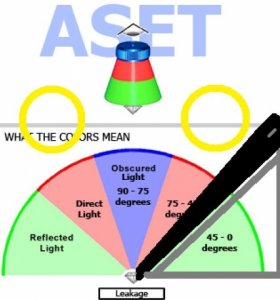
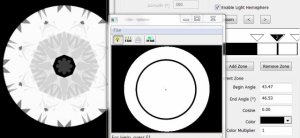
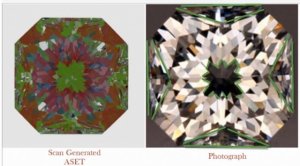
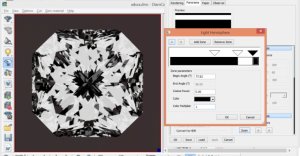
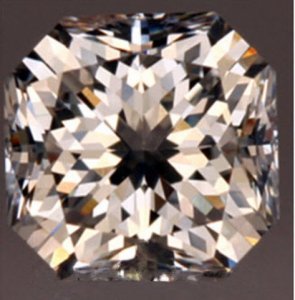
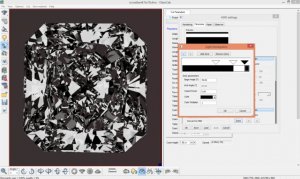

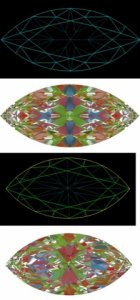
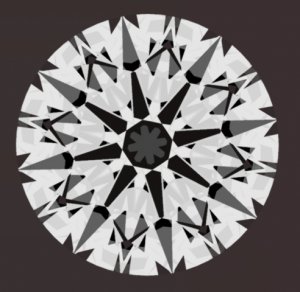
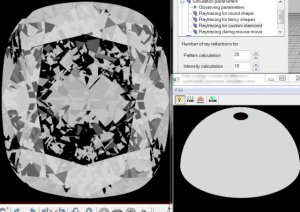
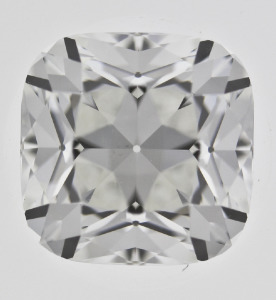


300x240.png)